Tendon vs. Ligament – What Is the Difference?
Jul 15, 2022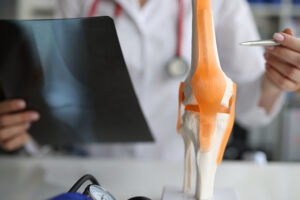
When a soft tissue injury occurs, many people are understandably inclined to focus more on the pain and inconvenience than the specific type of tissue involved. But to ensure appropriate treatment—as well as a quick recovery and return to action—it is essential to understand the difference between a tendon and a ligament.
In a nutshell, tendons and ligaments are both dense, soft tissues that connect different parts of the anatomy. For the most part, tendons attach bone to muscle, while ligaments attach bone to bone. Unlike muscles, these fibrous connective tissues do not have blood vessels passing through them. For this reason, they are relatively strong and inelastic, but they are also slow to heal when damaged. To promote healing, a significant blood supply is needed to deliver essential fluids and nutrients to an injury site. Therefore, severe tendon and ligament injuries such as rotator cuff tears often require surgical repair.
What Do Tendons Do?
Approximately 4,000 tendons can be found throughout the human body. These tough bands of tissue secure muscle to bone. For example, the Achilles tendon connects the calf muscle to the heel bone, and the extensor tendons connect the muscles in the hand to the finger bones.
Tendon fibers run in a parallel fashion, which provides support with a bit of elasticity. As the attached muscles contract and begin to work, the tendons pull the bones into action, providing the muscles and bones with enough cushion and support to spring into action in a single coordinated movement.
Tendon injuries often occur near a joint, such as the shoulder, elbow, knee, or ankle. Usually, the injury is a result of many tiny tears that developed in the tendon through repetitive use over time.
What Do Ligaments Do?
More than 900 ligaments can be found throughout the human body, most of which are located in the arms and legs. These flexible cords of tissue connect or support bones, joints, or organs.
Much like a strong rope, ligament fibers are interwoven in a crisscross pattern, which provides the strength, flexibility, and stability necessary for optimal joint function. For example, the knee joint is stabilized by four strong ligaments: the ACL, MCL, PCL, and LCL. Working together, the knee ligaments help prevent the bones from moving backward, side-to-side, or otherwise out of place during movement. Ligaments also hold certain internal organs in place, such as the stomach, liver, intestines, and uterus.
If a ligament is stretched beyond its normal capacity, it can tear or rupture. Known as a sprain, this type of injury often occurs when the foot is suddenly forced downward and inward, overstretching the ligaments on the outer ankle, or when a fall is broken with an outstretched hand, overstretching the ligaments in the wrist.
The Patients’ Choice in Louisville
Tendon and ligament injuries are common, especially among athletes, and specialized treatment is necessary to ensure the best possible outcome. The board-certified, fellowship-trained orthopedic surgeons at Louisville Orthopaedic Clinic are widely known and respected throughout the Louisville, Kentucky, area for their unrivaled surgical skills and experience. What’s more, each specialist on our team has a warm and approachable manner that makes our patients feel comfortable and cared for right from the start.
If you would like to explore your treatment options for a tendon or ligament injury, contact Louisville Orthopaedic Clinic to request a consultation at our state-of-the-art sports medicine center in Louisville, KY.



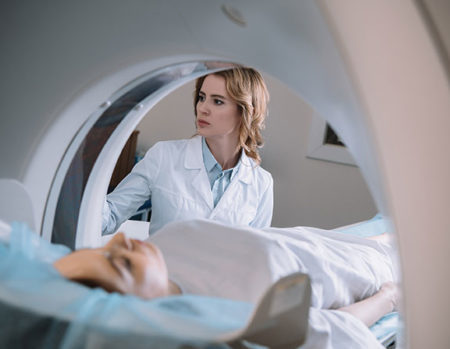 Our patients can receive MRI imaging onsite at both our Louisville and New Albany Clinics.
Our patients can receive MRI imaging onsite at both our Louisville and New Albany Clinics. Providing the latest advances in orthopedic surgery is our specialty.
Providing the latest advances in orthopedic surgery is our specialty.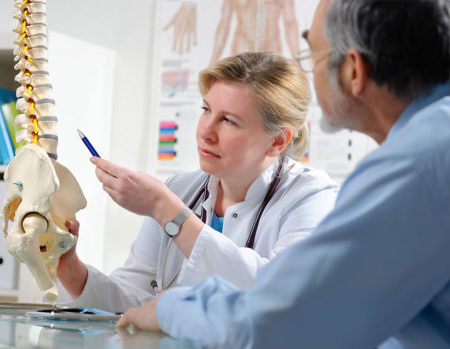 We take a unique, multidisciplinary approach to pain management.
We take a unique, multidisciplinary approach to pain management.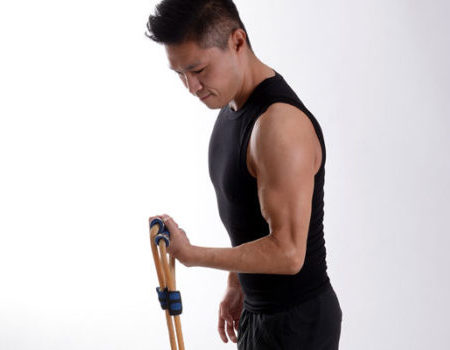 Our physical therapists use advanced techniques to help restore strength and mobility.
Our physical therapists use advanced techniques to help restore strength and mobility. 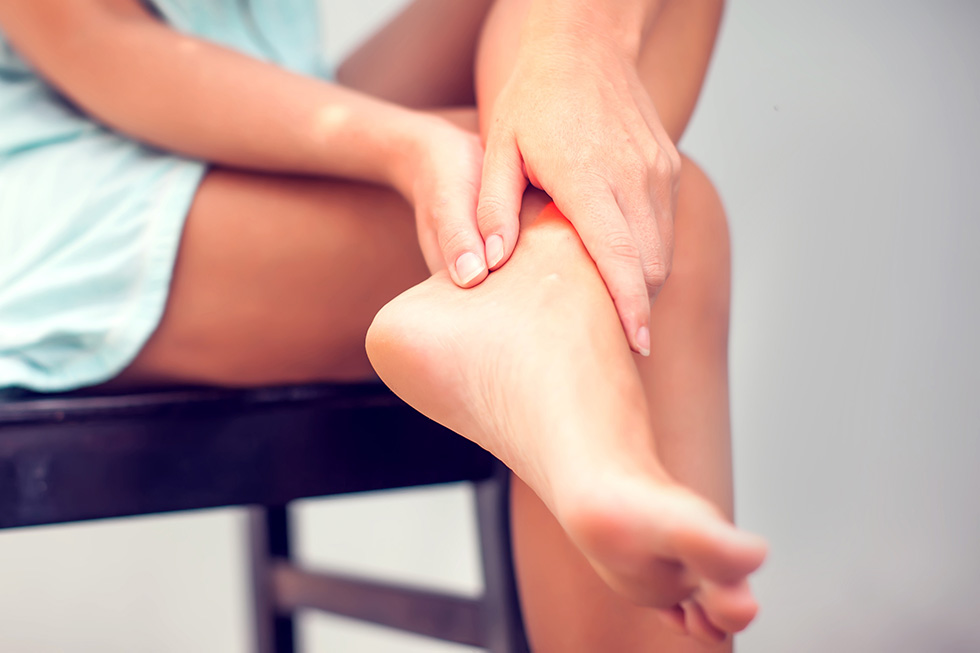 We provide comprehensive, conservative care for a wide variety of foot and ankle conditions.
We provide comprehensive, conservative care for a wide variety of foot and ankle conditions.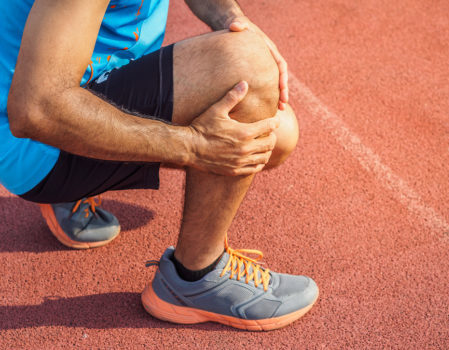 We offer same- and next-day care to patients with acute injuries.
We offer same- and next-day care to patients with acute injuries.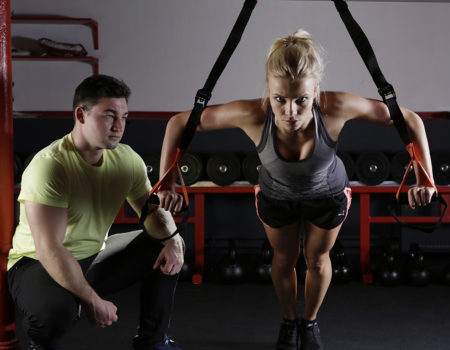 Get back in the game with help from our sports medicine specialists.
Get back in the game with help from our sports medicine specialists. 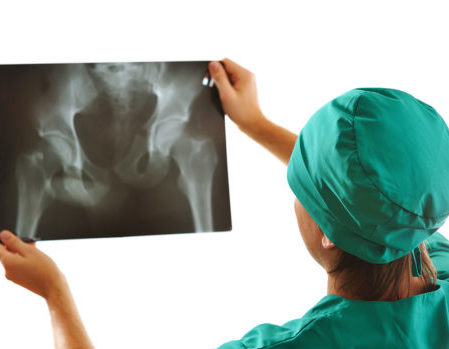 Our centers are equipped with a state-of-the-art digital X-ray machine.
Our centers are equipped with a state-of-the-art digital X-ray machine.